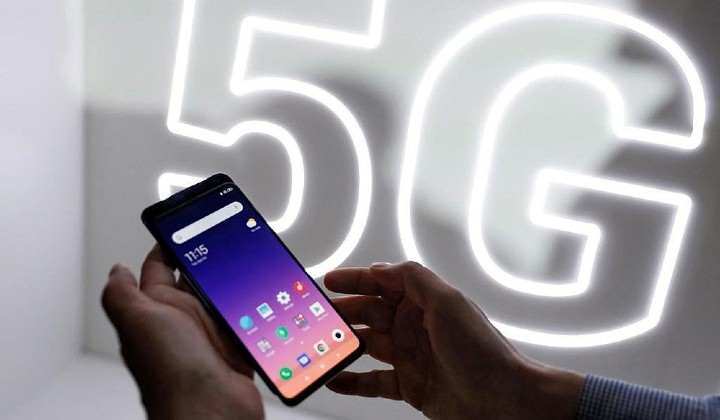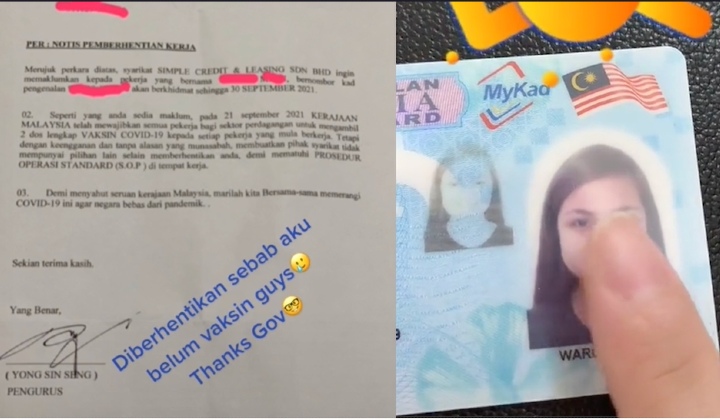Malaysia Is Heading Towards A Digital Future, Here’s How Things Will Change
The government targets its full implementation by 2030.

Subscribe to our Telegram channel for the latest stories and updates.
Remember when you were younger and it used to take weeks to renew your passport and after all the technological advancements it can now be done in a day? That’s what digitalization promises.
We went through the MyDigital blueprint and have picked out what in our view will dramatically change the way things work.

1. The future is in the cloud
In the digital age, many of the things we take for granted are made possible by cloud computing.
It has changed how we do things from data storage to online shopping, to even how we order our favourite meals from the comfort of our homes. This technology is truly ubiquitous in our daily lives.
One of the key investments for our digital future is investments in the cloud, which, according to Investopedia, is defined as the delivery of different services through the Internet, including data storage, servers, databases, networking, and software.
Besides the commonly used services that store your files online like Google Drive or Dropbox, there are actually many things you’re using right now that are built on cloud computing technology.
For instance, the MySejahtera app that you use before you enter into your favourite coffee shop.
It’s one of the ways used by the Health Ministry for contact tracing and has proven to be quite reliable as it was reported that as of November last year, 9,167 Covid-19 cases have been detected by the app.
In fact, almost all the online services that you use right now such as Grab, Zoom, Touch and Go, and even e-shopping platforms like Lazada and Shopee use the cloud.
This is also why Microsoft’s announcement that it will invest $1 billion over the next five years as part of its “Bersama Malaysia” initiative is a big step forward. Malaysians have a lot to gain from this initiative.
2. All Ministries and Agencies will be Digitalized
In the not so far away future – in 2022, to be exact – the government will be adopting cashless payments for all ministries and agencies with 80% of the public sector using cloud storage.
It’s not too far off to say that soon, you can use your favourite e-wallet to pay for things like renewing your license and digitalisation doesn’t only make it easy, but it also makes procedures faster for things that used to take forever.
All civil servants will also be required to possess digital literacy by 2025 and according to EY (formerly known as Ernest and Young), that’s a good thing because it helps the government:
- Understand their citizens better and achieve better outcomes,
- Provide services more effectively and efficiently,
- Find new solutions to policy challenges,
- Engage with external partners to develop new delivery models, and
- Commercialize some public services and develop fresh sources of revenue
3. Jobs, jobs, jobs
Money is being invested into making the blueprint work with RM70 billion being poured into digital investments. Malay Mail quoted Minister in the Prime Minister Department (Economy) Datuk Seri Mustapa Muhammed who said that MyDigital will be the core to make Malaysia a regional e-commerce powerhouse and a tech hub.
The target is to nurture around 5,000 startups and attract up to five “unicorn” companies, which, according to the Malaysian Investment Development Authority, are start-ups with a valuation of US$1 billion (or about RM4.04 billion).
In the long run, MyDigital is expected to create 500,000 jobs in the digital economy and contribute 22.6% to the country’s gross domestic product (GDP).

4. Internet for everyone
One of the more exciting things about the digital transformation is the availability of internet access in all Malaysian households by 2025 and also, 5G.
With the web at their fingertips, students from around the country will have access to online teaching tools such as My Device and My Digital Teacher Programme.
The availability of the internet is also crucial for e-commerce with the government looking to encourage 875,000 Small and Medium Enterprises (SMEs) and micro-enterprises to use e-commerce.
Through the Malaysian Digital Economy Corporation (MDEC), these businesses can have the right tools, platforms, and skills to be successful in their digital transformation journey.
That also means you can play video games without lag and stream movies with lightning-fast internet speed.
How will this be achieved?
The transformation is not going to be overnight. MyDigital will take ten years – across three phases. The government targets its full implementation by 2030.
Altogether, they plan to execute six strategic thrusts, 22 strategies, 48 national initiatives, and 28 sectoral initiatives via the Malaysia Digital Economy Blueprint.
As the saying goes “Rome wasn’t built in a day but they laid the bricks daily.”
The MyDigital blueprint will have in 3 phases:
- Phase 1 (2021 to 2022) – aims to accelerate adoption towards strengthening the digital foundation needed for the rapid and smooth rollout of Phase 2 and Phase 3.
- In Phase 2 (2023-2025) – the focus shifts to driving digital transformation and inclusion across the digital economy, emphasising inclusivity among the rakyat and all levels of businesses.
- Phase 3 (2026-2030) – will chart the pathway for strong, sustainable growth in the decades to come, positioning Malaysia to become a regional market producer for digital products and digital solutions provider.
If you want to know more about the MyDigital Blueprint, check out this link.
Share your thoughts with us on TRP’s Facebook, Twitter, and Instagram.
Unkempt in both stories and appearance, Hakim loves tech but tech left him on read, previously he used to write about tall buildings and unoccupied spaces that he can't afford, and legend has it that he still can't afford it to this day





